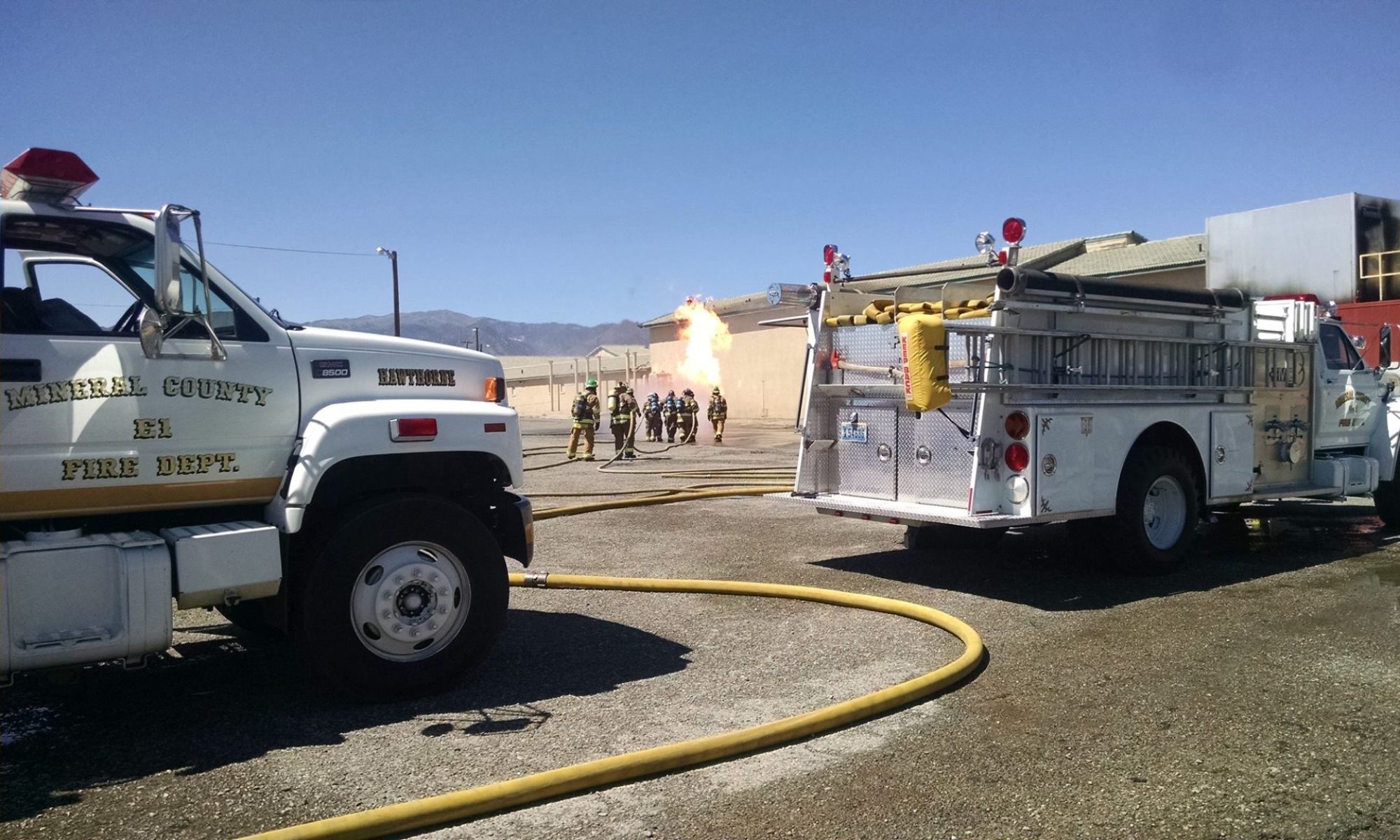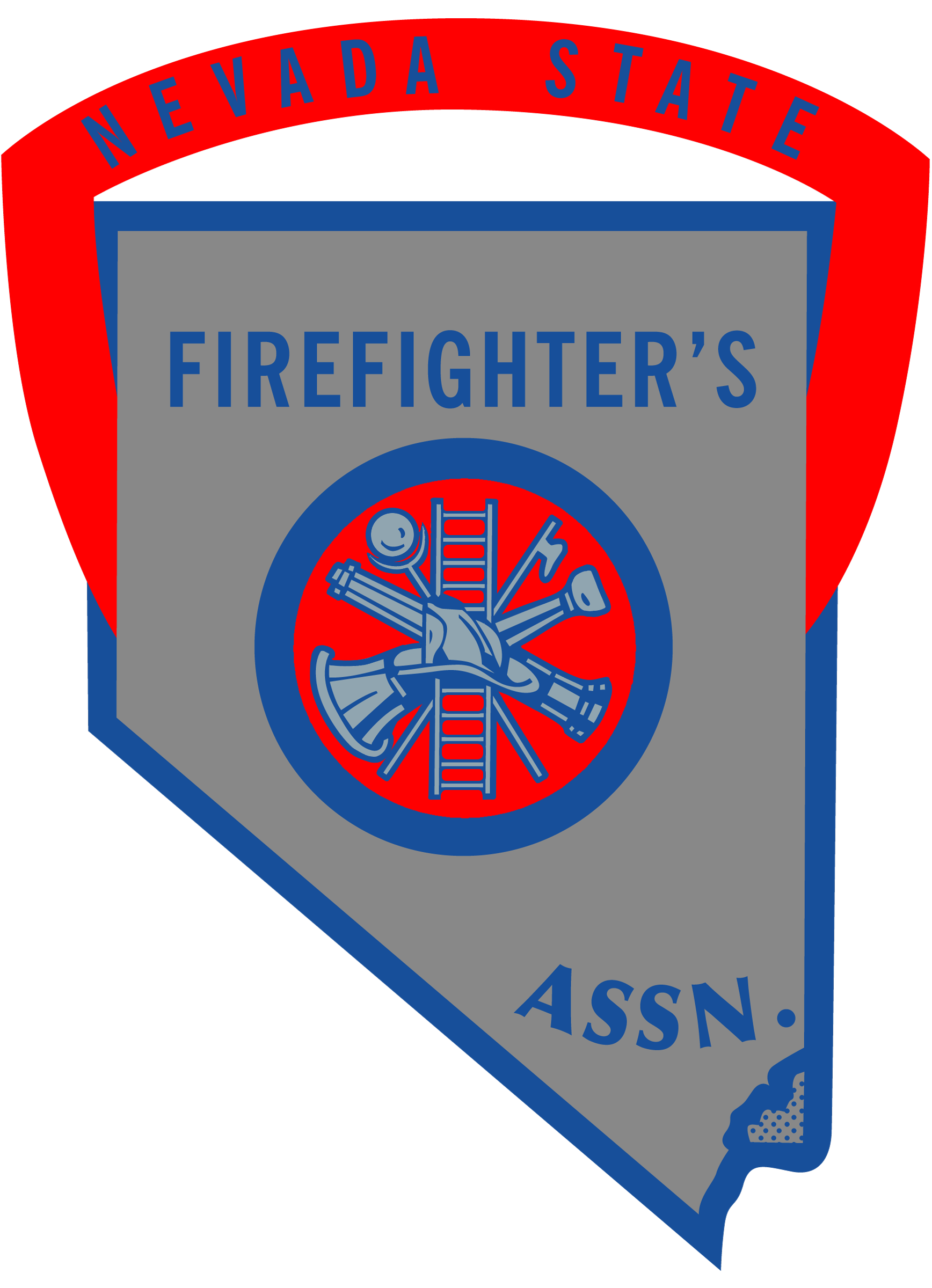Using the P.A.C.E Model (Primary, Alternate, Contingency, and Emergency)
A Strategic Assessment builds on our Situational Awareness and helps build and maintain the team’s Common Operating Picture (COP) when shared throughout the incident, including the crucial transition periods involving mobilization, operational planning, in briefing / shadow periods, transitions, and transfer of command.
Once a new strategy is selected is must be communicated by the Command, IMT responders, cooperators, and the public. Courses of action, briefings, and products must be adjusted to align with the updated strategy. A variety of options exist for displaying and briefing the strategic plan. The following are examples.
This class will increase your awareness, planning, strategic thinking and thinking beyond the initial actions.
—————————–
This class is being taught by Chief Matt Petersen of the Elko County Fire Dept. Chief Petersen has a long and diverse Fire Management in all risk and wildland experience background including Elko County Fire Protection District, Elko County Emergency Management, US Bureau of Land Management, US Forest Service, US Fish and Wildlife, Nevada Division of Forestry as well local government and volunteer organizations. Chief Petersen has successfully implemented a positive working relationship with other Federal, State, County, Local and private cooperators. Chief Petersen has worked on Engine (wildland/ all-risk), Handcrews, Helitack and Prevention modules. He was a type 3 Incident Commander for one of the Nevada Type 3 incident management teams, Team 4. He has worked on a California Type 2 IMT as a qualified Division Group Supervisor and as an Operations Section Chief Type 2, and for 4 years he served as a Division Group Supervisor on a California Type 1 IMT.

